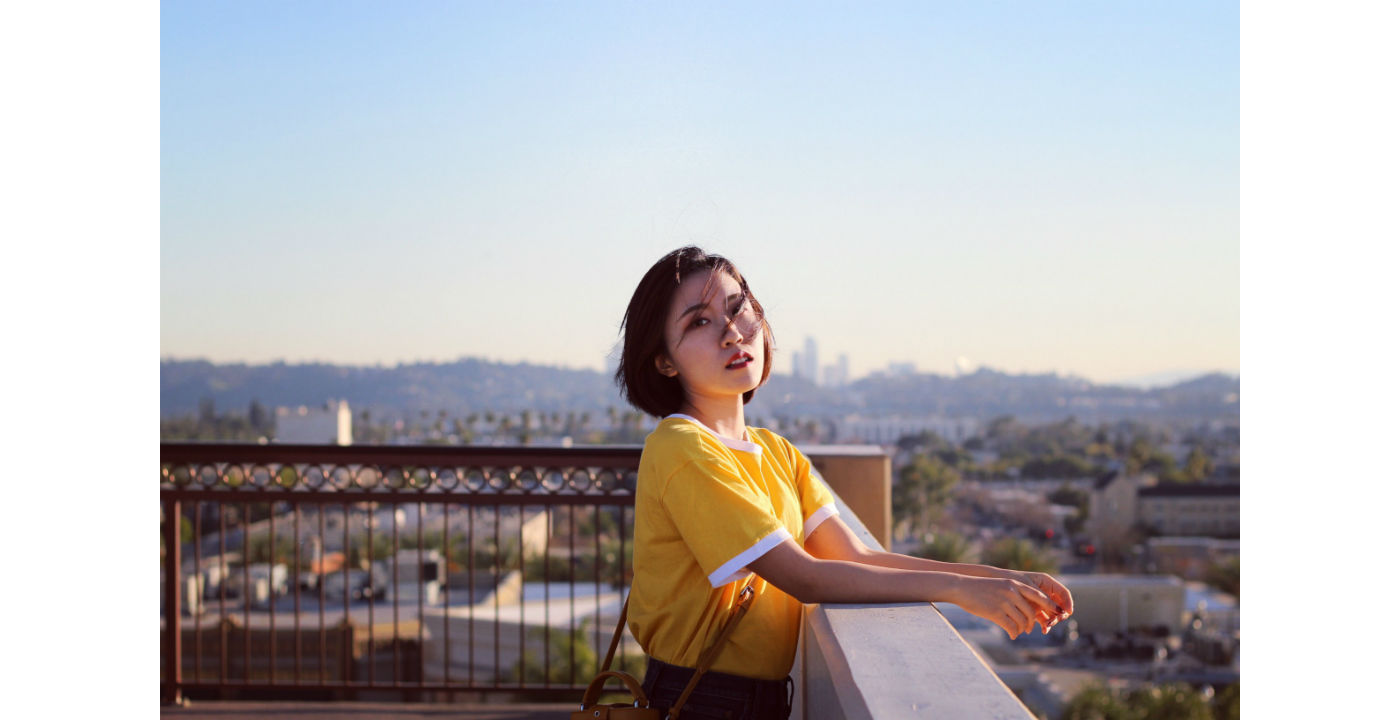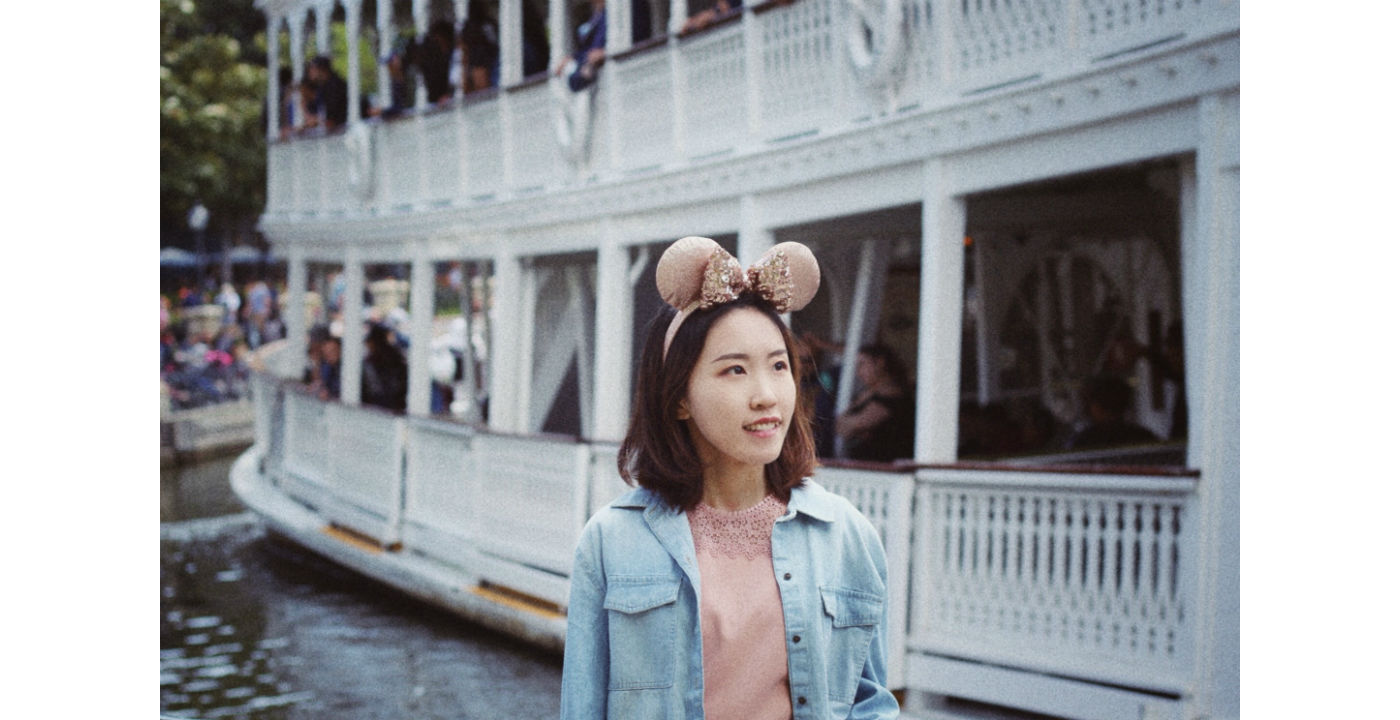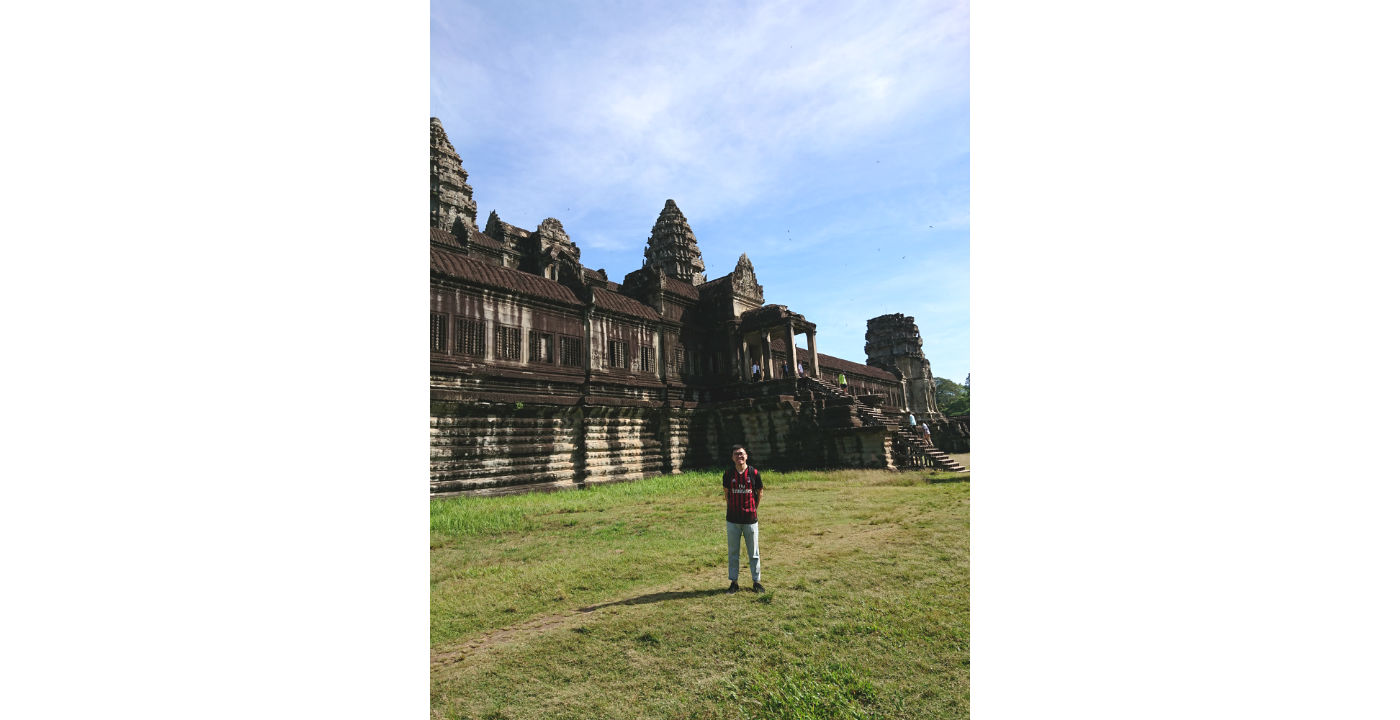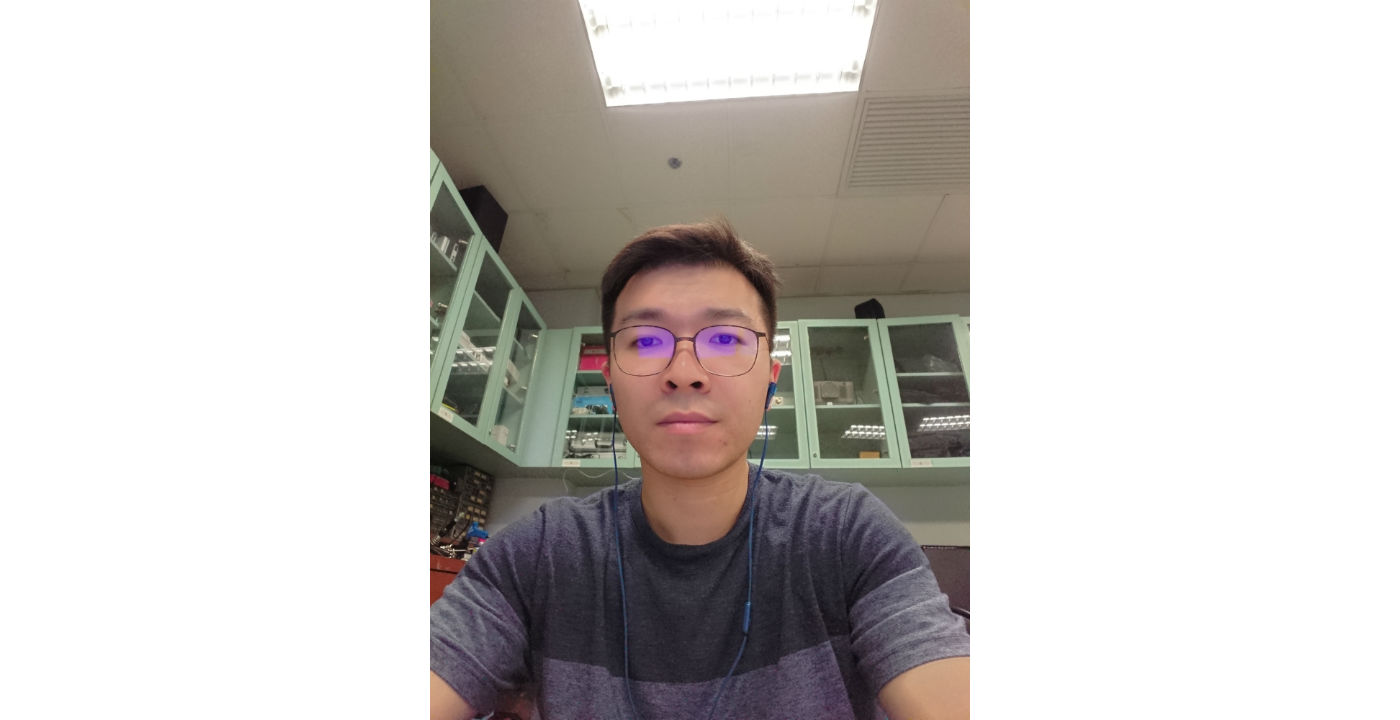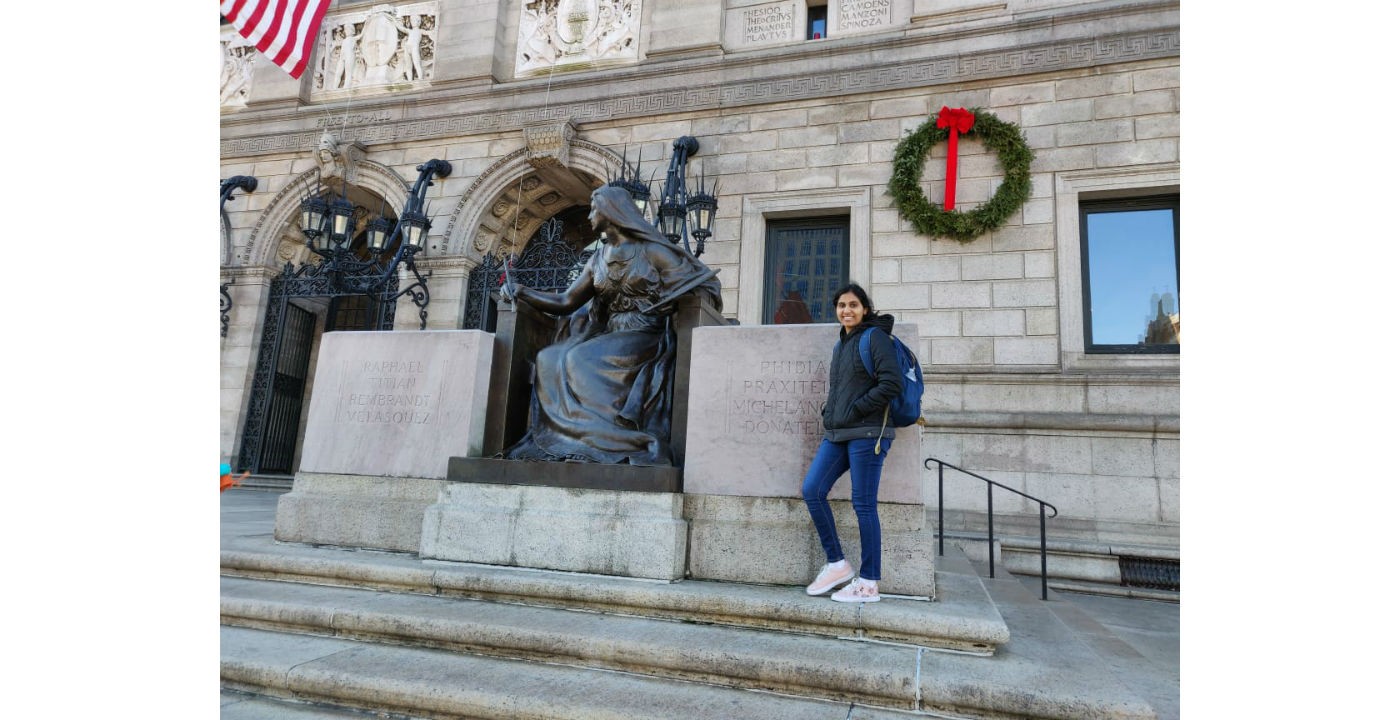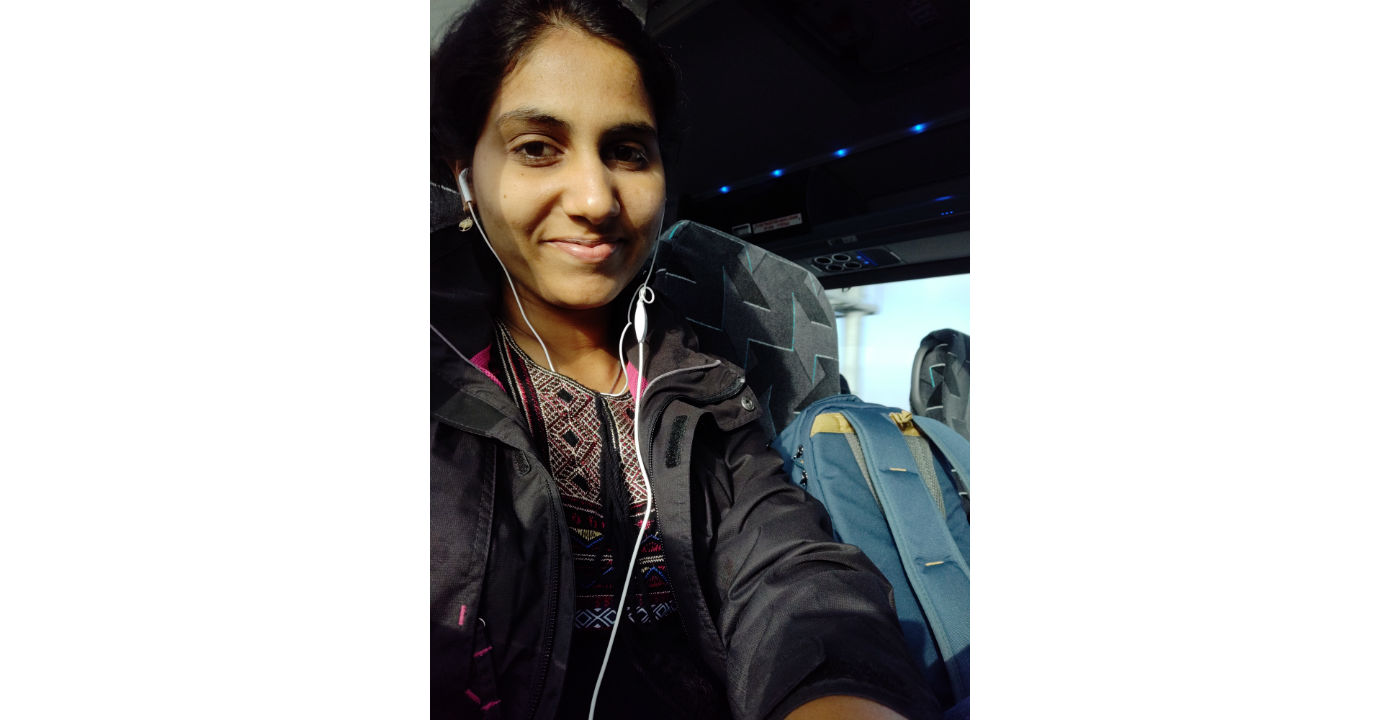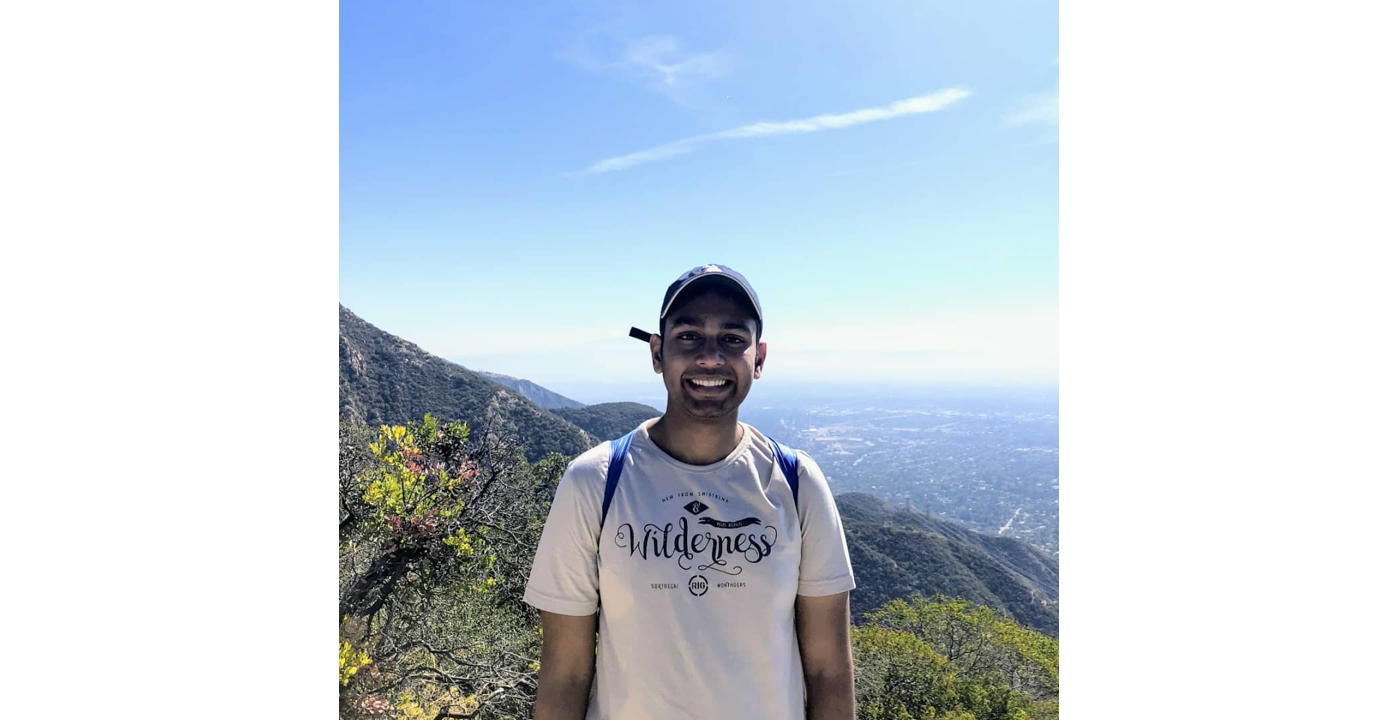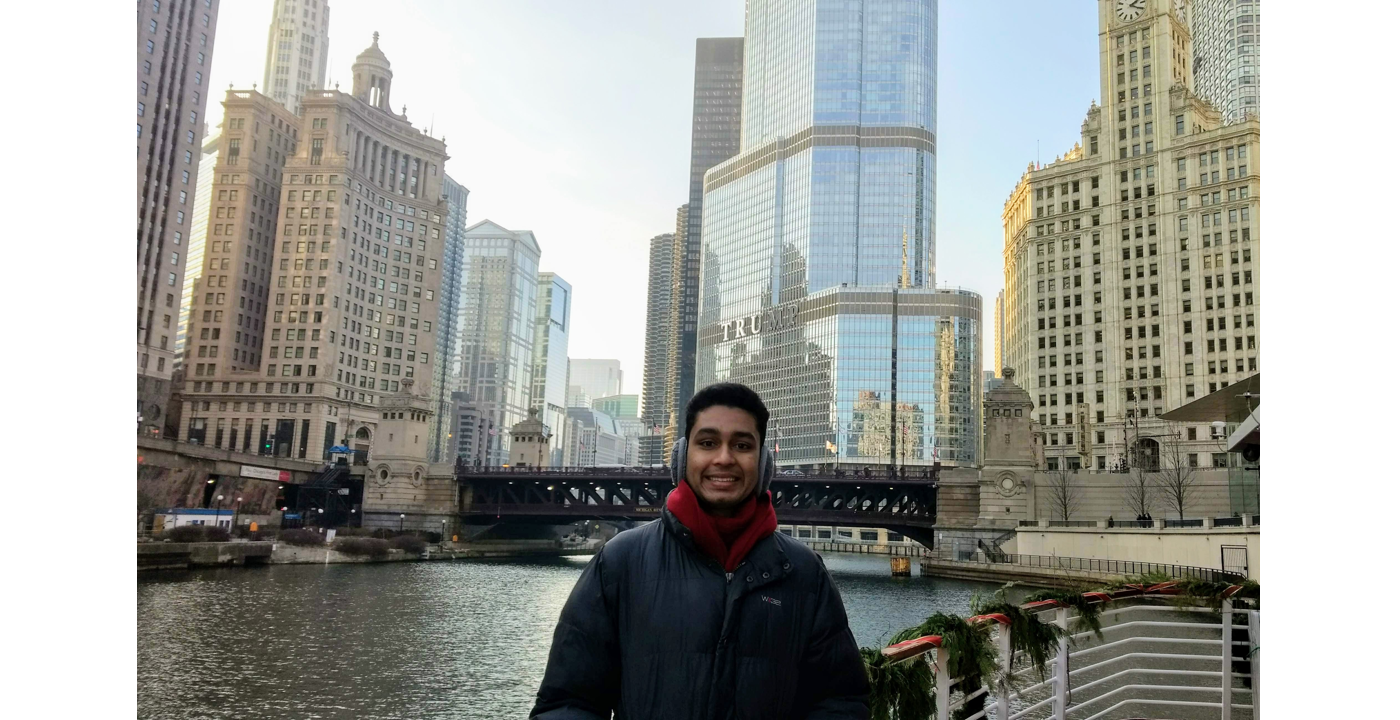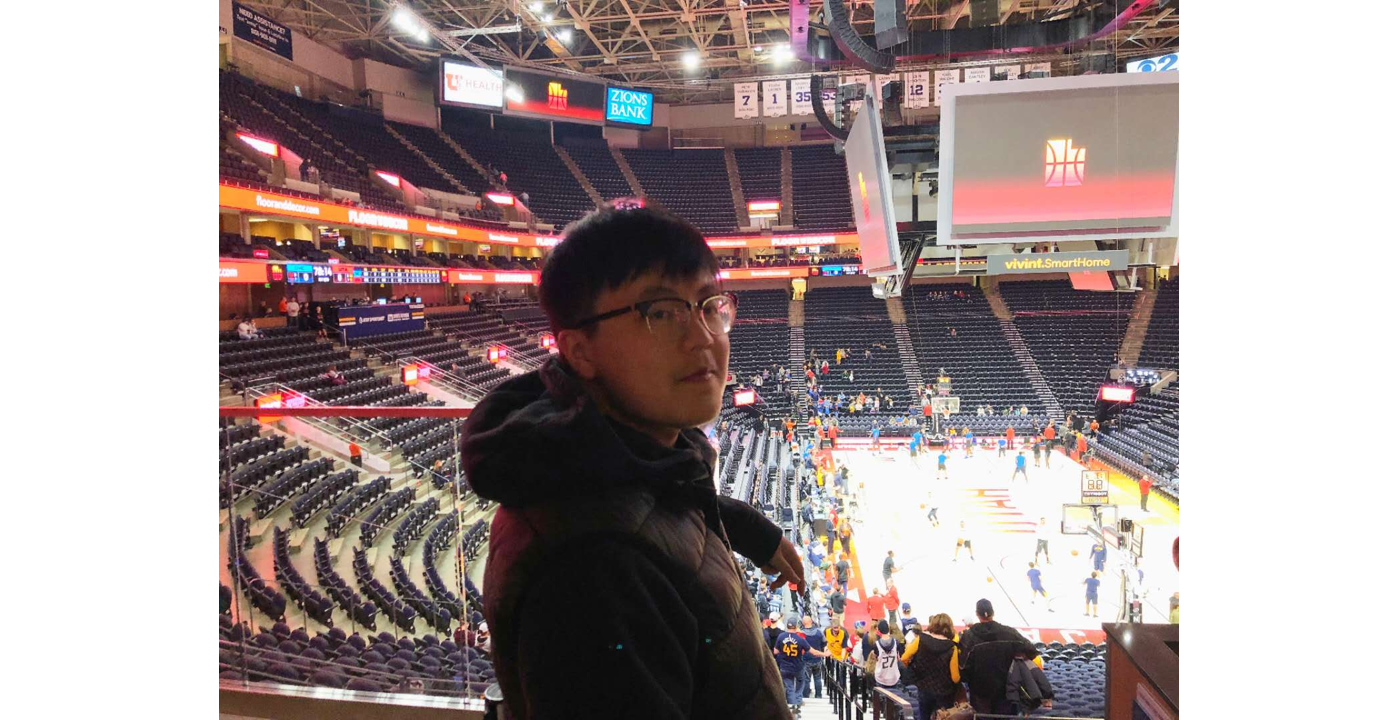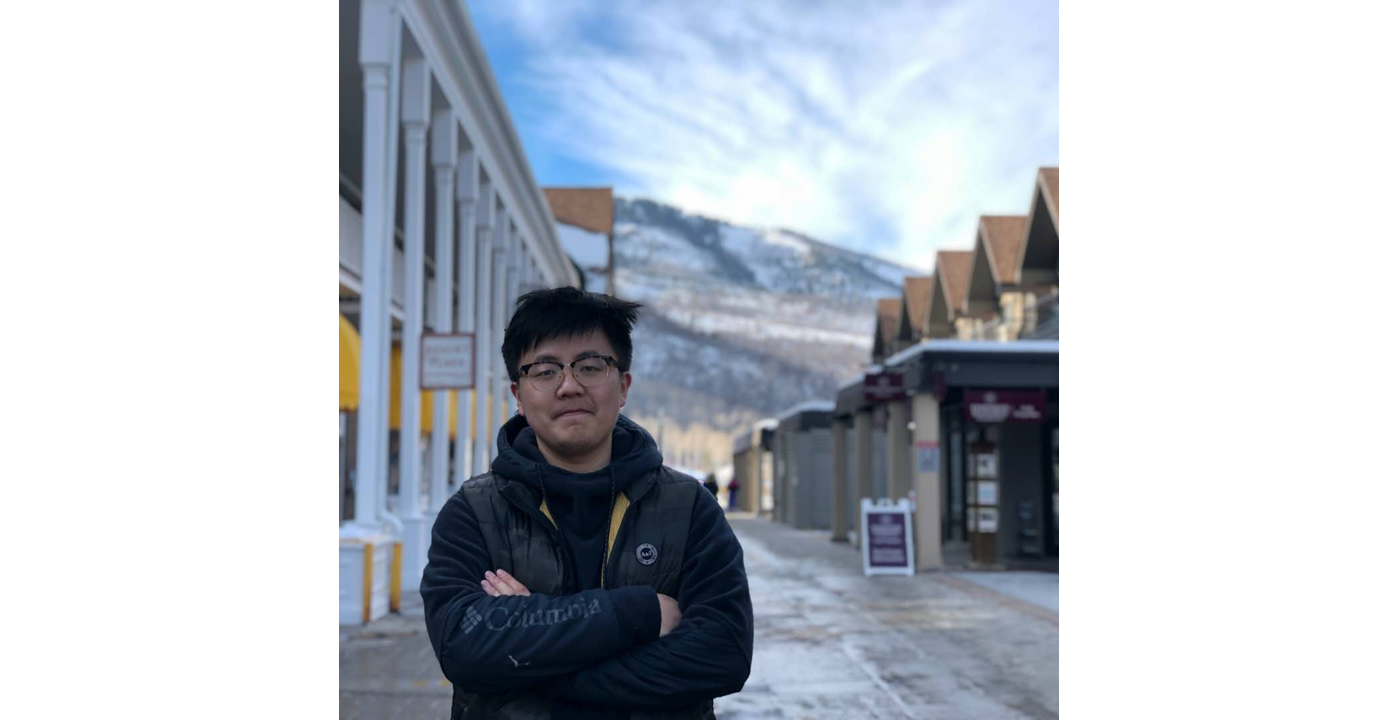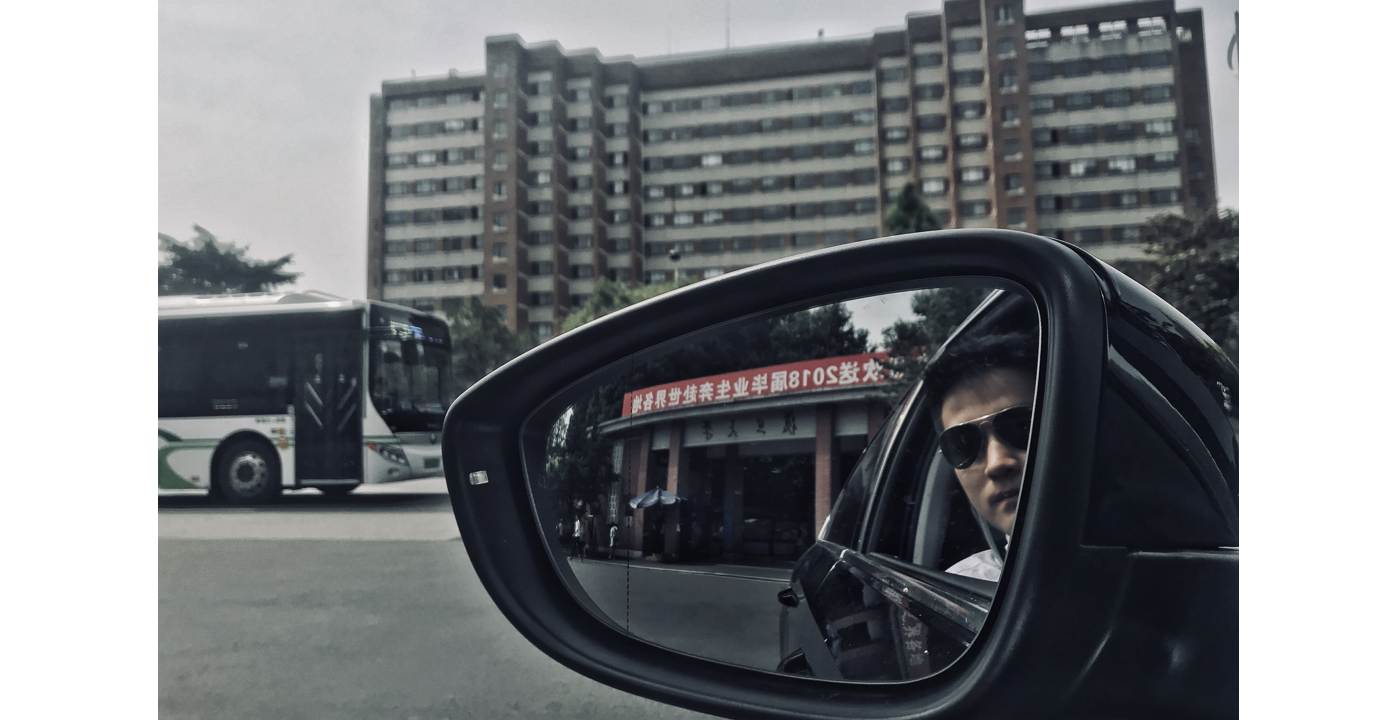Welcome New MCL Member Wenxuan Li
We are so glad to welcome our new MCL member, Wenxuan Li! Wenxuan is a summer intern in MCL. Here is a short interview with Wenxuan:
1. Could you briefly introduce yourself and your research interests?
My name is Wenxuan Li. I’m a graduate student pursuing master’s degree in Electrical Engineering at USC. I am from a city called Nanjing, which is in the eastern part of China. Prior to coming to USC, I achieved my bachelor’s degree in Electrical Engineering and Automation from Beijing Institute of Technology, 2017. I found my strong interest in machine learning during my curriculum study in EE program. I am also fascinated by image processing problems.
2. What is your impression about MCL and USC?
I was deeply impressed by the beautiful campus when I came to USC for the first time. Students here are full of confidence and passion for learning. USC also offers us great opportunities both in industry and academia. MCL is like a family that strongly connects its members. Everyone here not only focuses on their research topics but also is willing to share and offer help. MCL gives the opportunities to challenge ourselves with frontier research problems
3. What is your future expectation and plan in MCL?
I am working on style transfer topic this summer and hope to learn more about generative model and feature extraction of neural networks. MCL is a great platform to meet people and gain skills. Under insightful guidance from Prof. Kuo and thoughtful advice from PhD mentors, I will quickly expand and improve necessary skills for research.





